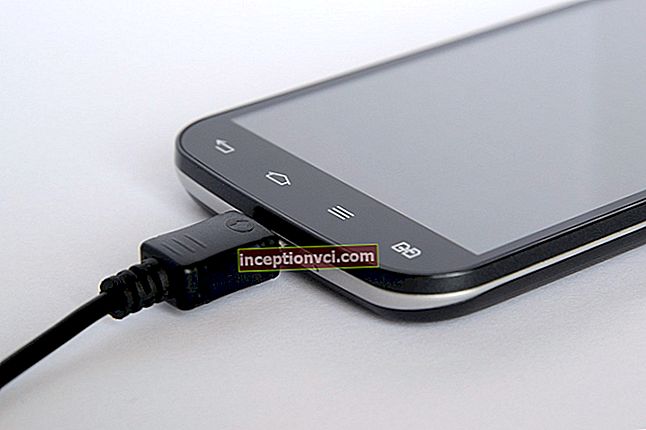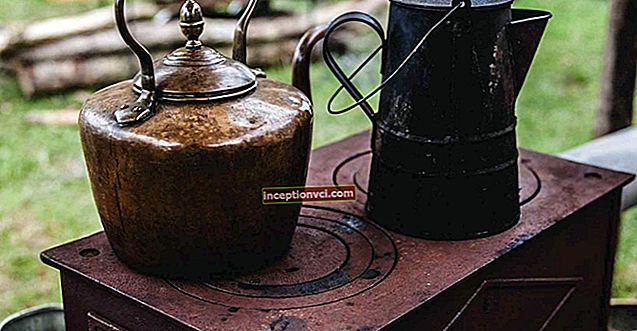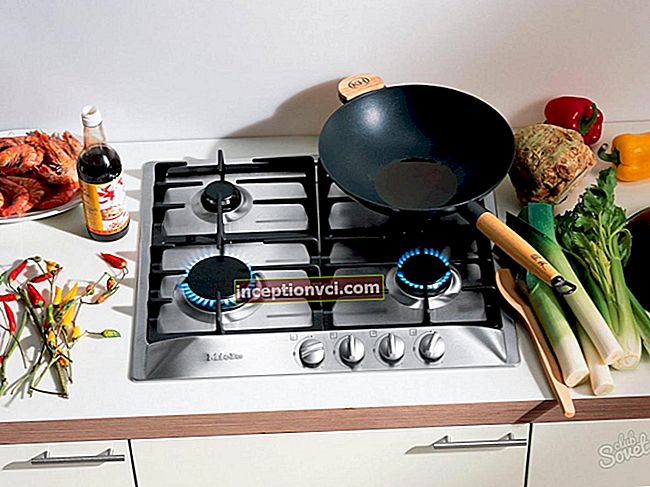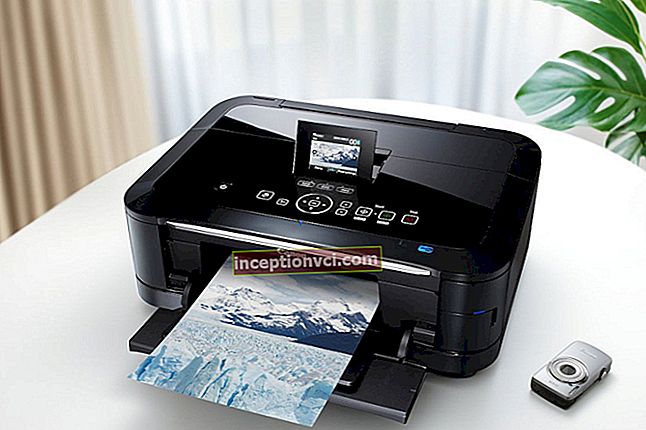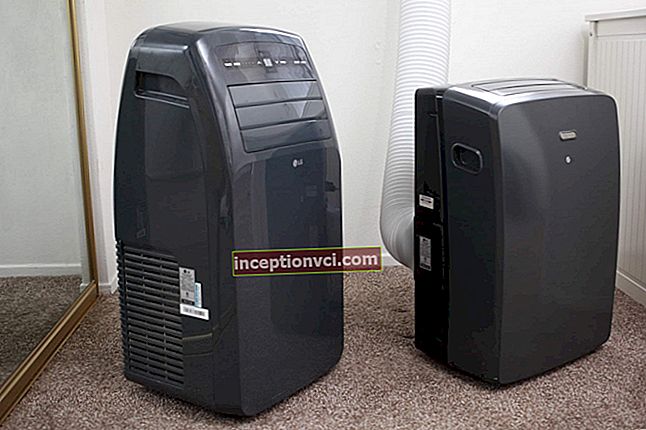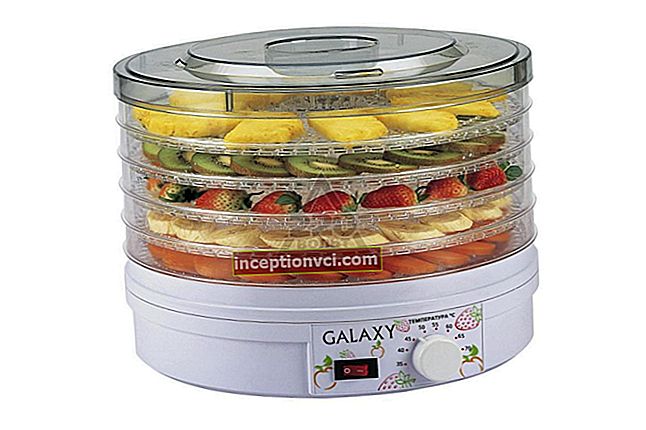Briefly about the lens The 50mm / 1.8D lens was designed for film cameras, but is also compatible with DX cameras. On cameras with a matrix APS-C equivalent focal length is 75mm. On cameras: D40, D40x, D60, D5000, D3000 autofocus will not work. 52mm filters are suitable for the lens, and the lens itself is available for $ 149. I would like to note that this lens occupies an honorable place in many bags and photo backpacks due to its low price. and very light weight. This review will use the D90, a 12MP APS-C DSLR camera with a 1.5x crop factor. Appearance and design As mentioned earlier, the lens is very compact and lightweight, which is its undoubted advantage. Its dimensions - 64x39mm and weighs only 156 grams. The optical design includes 6 elements in 5 groups without any special elements (ED glass, nano-crystalline elements). The minimum focusing distance is 0.45m, which gives a max. increase 1: 6.6. The diaphragm has 7 blades, which can produce bokeh in the form of nuts (heptagons). Despite the low price, the build quality is good enough. The outer casing is made of polycarbonate and the bayonet is made of metal. The rather small focusing ring rotates very smoothly. During focusing, the lens extends 1 cm (at 0.45mm position). The front element does not rotate, which allows the use of polarizing filters without problems. This lens does not have an internal AF motor and relies on a screwdriver focusing mechanism of the camera itself. This means that camera users: D40, D40x, D60, D5000, D3000 will not be able to autofocus and will have to focus manually. On the lens barrel, you will find an aperture lock switch. Lock it at / 22, otherwise you will see an error on the camera's auxiliary display (if available). The HR-2 hood is sold separately and provides protection against stray light. The 50mm / 1.8D lens uses a built-in "screwdriver" in the camera mount as mentioned above. On all cameras with a "screwdriver" autofocus is fast, focusing from 0.45mm to infinity and back takes less than a second. The focusing ring rotates during autofocus, which is typical for this type of lens. Therefore, do not grab the focusing ring with your fingers in order not to damage the mechanism. When autofocusing, it is worth noting a little noise that the focusing mechanism creates. Sharpness The 50mm / 1.8D lens provides sharp images at an aperture of 2.8 or less. When the aperture is open all the way to /1.8 or / 2, the image is pretty soapy. At 2.8 aperture, the center of the image is sharp enough, while the image is still blurry around the edges. Edge-to-edge sharpness improves at / 4, and reaches an optimum at /5.6 when images are razor-sharp across the entire frame. The diffraction limit is set at aperture / 11. But even at aperture of / 16, the soapiness is not so noticeable. In conclusion about the sharpness I would like to say that for such a sum you are unlikely to find a lens more often, and the result at aperture / 8 can be boasted even before the "flagships" in the series of prime lenses. At the widest aperture, the sharpness is frankly not very good, but if you do without /1.8 and / 2, and shoot at 2.8 you will be rewarded with good sharp photos. Below will be presented the crop of the test world: 1.8 center edge 2.8 center edge 4 center edge 5.6 center edge 8 center edge Examining the samples, we can conclude: up to aperture 2.8, the image is soapy both in the center and at the edges, from 2.8 the sharpness in the center is significantly improved, the edge is still quite soapy, at aperture 4 the sharpness across the entire field of the frame increases and reaches a maximum at aperture 5.6. From aperture 8 and beyond, it is no longer possible to distinguish where is the center, and where is the edge, the sharpness is uniform throughout the entire field of the frame. Chromatic aberrations The 50mm / 1.8D lens does not have strong chromatic aberration. As with most high-aperture optics, the maximum peak of aberrations falls on apertures /1.8 and / 2. They are also noticeable at /2.8.But already with / 4, the CA level falls and becomes optimal at the / 8 aperture. I would like to note that this tendency for chromatic aberrations to decrease with decreasing aperture is typical for most lenses, although there are exceptions where the level of aberrations increases from a wide aperture to a narrow one. This lens has a relatively low HA level and is very reasonable for its price. Distortion (distortion) Predictably for prime lenses, the 50mm / 1.8D has virtually no distortion. The distortion level is very low (about 0.26%) so you don't have to worry. Vignetting I'd like to point out right away that vignetting should be the last thing to pay attention to. This characteristic does not affect the sharpness of the image, such as CA or diffraction. In addition, vignetting is easily eliminated in the RAW converter. Since this lens was tested on a D90 (APS-C sensor), it's not hard to see that you won't notice vignetting as such. Nevertheless, at the /1.8 aperture, it takes place. Further on, the vignetting level is very low and there is no reason to worry. Bokeh (from Japanese "bokeh") or drawing in the out-of-focus area I would like to tell you about the bokeh of this lens as a separate item. The out-of-focus pattern can be very different from lens to lens. The drawing of 50mm / 1.8D can be seen in the photos below: aperture 1.8 diaphragm 2 aperture 2.2 aperture 2.8 aperture 3.2 aperture 4 aperture 5.6 Since the diaphragm has 7 blades, it is not difficult to understand that any point in the out-of-focus area will turn into a heptagon. However, not all so simple. Below will be presented pictures that characterize the bokeh of the lens at various apertures. aperture 1.8 diaphragm 2 aperture 2.2 aperture 2.5 aperture 2.8 aperture 3.2 aperture 3.5 aperture 4 Crops are provided below in order to better understand the shape of the spots in the out-of-focus area: Already from the diaphragm 2.2 you can see how the "nut" shape is formed. 1.8 near limit (0.45m) 2 near limit (0.45 m) 2.5 near limit (0.45m) 2.8 near limit (0.45m) 3.2 near limit (0.45m) 3.5 near limit (0.45m) 4 near limit (0.45 m) Alternatives It is natural and quite obvious that for this price ($ 149) there is simply no alternative to this lens. Nevertheless, for those who are less interested in the financial side and want to get everything from their "fifty dollars" there is still three popular "fifty dollars", and this: Nikon 50mm / 1.4G AF-S ($ 469) The newest of Nikon's 50mm series. Due to the built-in focusing motor, first of all it is worth paying attention to the owners of D40, D40x, D60, D5000, D3000 cameras. A special feature of this lens is its sharpness at open apertures. Already at aperture / 2, the sharpness is amazing, however, there is a CA and a little vignetting. Nikon 50mm / 1.4D ($ 359) The sharpest, according to objective data, on all diaphragms from the series of Nikon's "fifty dollars", at least on crop cameras (with an APS-C matrix). Of course, it loses to 50mm / 1.4G AF-S open, but is less affected by XA, and is just razor sharp at / 8. In terms of CA and vignetting, the lens is very similar to the 50mm / 1.8D. Sigma 50mm / 1.4 EX DG HSM ($) Most expensive alternative. However, at / 2 aperture is less than 50mm / 1.8D. It is better in chromatic aberration, in vignetting and distortions it is approximately identical. It has a huge 77mm thread, so filters will be expensive. Test shots 1/250, /2.8, iso 200 crop 1/200, /2.8, iso 200 1/500, /2.8, iso 200 1/640, /2.8, iso 200, -0.3 EV 1/320, /2.8, iso 200 1/1000, /2.8, iso 200, crop pros + very compact and lightweight + nimble AF + excellent quality at apertures from / 4 to / 8; + 52mm cheap filters Minuses -Perhaps non-working apertures /1.8 and / 2 -no hood included -very specific 75mm (suitable mainly for portraits (not too close-up) -not very beautiful bokeh (subjective) I advise you to take a closer look at the 50mm 1.4G for bokeh lenses (it has 9 aperture blades): Output What can I say, just an excellent lens for its price. Who is looking for a "portrait lens" for crop and does not have the opportunity to purchase an expensive lens, you can safely, without hesitation, take a 50mm / 1.8D, you will be satisfied.The lens is surprisingly light and compact, making it suitable for both girls and guys. When open it is quite soft and chromatite, but if you open the aperture down to /2.8 or / 4, you will be surprised how harsh it is. It has no distortion, and vignetting after / 2 is imperceptible. The build quality is very good and the AF speed just leaves all doubts behind.
 Autofous
Autofous 









































